By Louise Irvine
The history of porcelain and mother of pearl has been interwoven since Marco Polo, the Italian explorer, visited the court of Kublai Khan in the 13th century and saw porcelain for the first time. He called it porcellana, the Italian word for the cowrie shell as the luminous color was similar. When he brought porcelain home with him, it became known as china after its country of origin and was treasured by European royalty and aristocracy.
Mother of pearl is also known as nacre and it forms on the inner shell layers of mollusks, especially pearl oysters, and marine snails such as nautilus and abalones. When Marco Polo visited India in 1294, he saw up to 500 ships harvesting pearl oyster beds and decorative mother of pearl inlay has been a traditional craft in India and China since ancient times. European explorers continued to find mother of pearl oyster beds throughout the tropical waters of the world and this lustrous treasure from the sea was in great demand. Nautilus shells were highly prized novelties in Europe as early as the 13th century and were exchanged across global trade networks. They were often mounted by goldsmiths to form elaborate cups and evoked the mysterious biological life of the absent creature.
Pearlware
European potters have aspired to emulate the iridescent sheen of Chinese porcelain and the luster of mother of pearl since the 18th century. Josiah Wedgwood developed Pearl White, using a white earthenware body and a white opaque glaze with a small quantity of cobalt which gave a bluish cast to the glaze. This distinguished it from his more famous creamware which derived its color from the iron oxide in the glaze. Several Staffordshire potters made Pearlware, which was often painted in underglaze blue to resemble Chinese blue and white porcelain, and it was fashionable from the 1780s for tea and dinner services. Pearlware was also decorated in polychrome colors and became popular for Staffordshire figures.
Pearl Luster
A century later, the Doulton potteries in Burslem, Stoke-on-Trent experimented with a pearlized glaze, which they used to decorate exhibition pieces for the 1893 World Columbian Fair in Chicago. The event marked 400 years since Christopher Columbus sailed to the New World. On his third voyage in 1498, Columbus met native Americans wearing pearl necklaces and traded them with pottery and glass beads. Inspired by the pearling expeditions, Doulton used pearlized glazes to contrast with their ivory vellum body. The Love Vase even incorporated a real pearl to denote the location of Chicago on a map of America. The spectacular Mermaids centerpiece shown at Chicago features shells with lustrous interiors to resemble mother of pearl and the Wild Rose centerpiece was enameled with a raised pearl motif. Doulton also developed a mother of pearl luster glaze in the early 1900s which they used with goldfish designs.
The Flaming Pearl
In legends of the Orient, the flaming pearl symbolizes the granting of wishes, and pearls are associated with spiritual energy, wisdom, prosperity, and power. Chinese art often depicts a pair of dragons chasing or fighting over the sacred flaming pearl and they can be seen in Wedgwood’s Dragon luster designs by Daisy Makeig Jones. She also designed a motif for the center of bowls representing the Japanese Jewels of Omnipotence guarded by a rain dragon. Opalescent mother-of-pearl luster glazes on china were achieved with a preparation of bismuth and resin mixed with lavender or rosemary oil. The organic compounds burn away to leave an iridescent film of bismuth oxide. As well as dragon designs, the mother of pearl luster was also an airy background for butterflies and hummingbirds as can be seen at WMODA.
Pearl Buttons
The American natural pearl trade prospered until the 1800s when it was depleted by over-fishing and pollution. Imitation pearls for necklaces were made with mother of pearl, which reached the height of popularity in the 19th century. The lustrous shell was used to adorn all kinds of decorative accessories including inkwells, snuff boxes, fans, and card cases. Mother-of-pearl was used also for making buttons and the first pearl button factory opened in Muscatine in 1895 to mine clam shells from the Mississippi River in Iowa. Clammers collected shells from the riverbed and cleaned them in vats of hot water. The “blank” buttons were cut out of the shells using circular saws and then sanded by hand to make a perfect pearl button. In the early 20th century, Iowa’s thriving pearl industry produced one-third of the world’s pearl button supply. Billions of buttons were shipped until World War II, when newly invented plastics took over the market.
Pearly Kings and Queens
Mother of pearl buttons became popular with London’s other famous royals, the Pearly Kings and Queens. These poor man’s pearls were sewn onto costumes worn by costermongers, vendors of fruit and vegetables in London’s street markets. The traders elected a minder or ‘king’ to protect their interests and one flamboyant king sewed pearl buttons onto his suit to attract attention when collecting money for charity. The suit worn by the Pearly King of Battersea, when he visited the Royal Doulton gallery in London, weighed 35 pounds with 38,564 buttons that took him 15 months to sew on!
WMODA Treasure Hunt
Local artist Betsy Alexis has reclaimed mother of pearl buttons, pearls, and shells from antique shops and flea markets to create her beautiful jewelry designs. Meet Betsy at the WMODA Treasure Hunt on Saturday, June 5, when she will demonstrate how all types of discarded materials can be transformed into wearable art.
Read more...
String of Pearls
Who's Who - Betsy Alexis
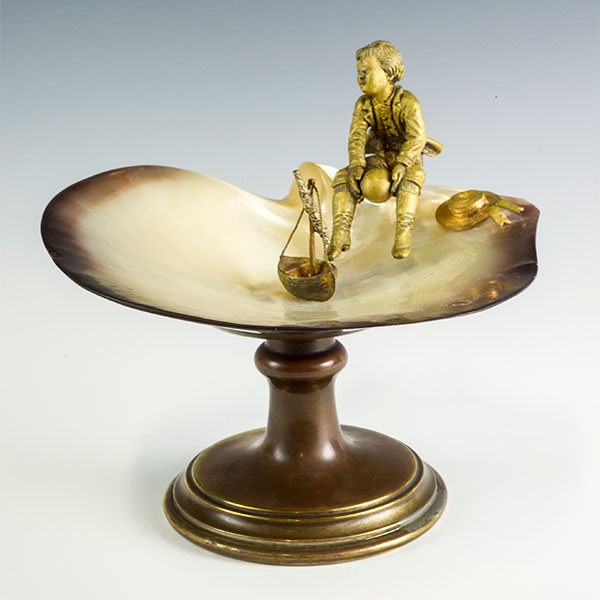
Art Deco Sailor Boy on Abalone Shell
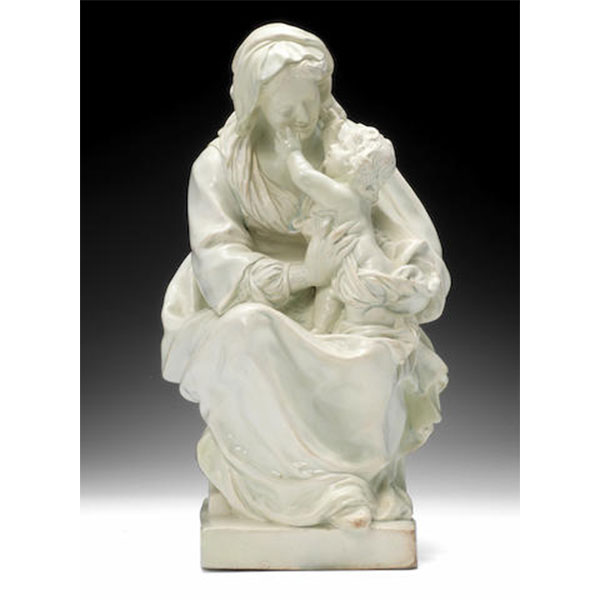
Enoch Wood Pearlware
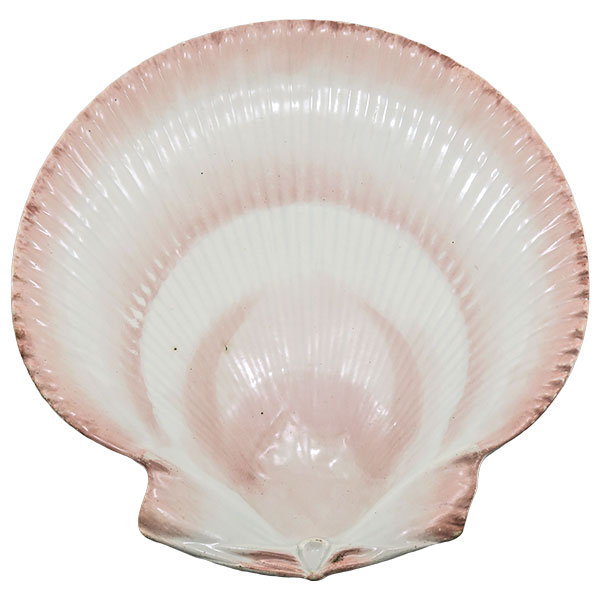
Wedgwood Shell Plate
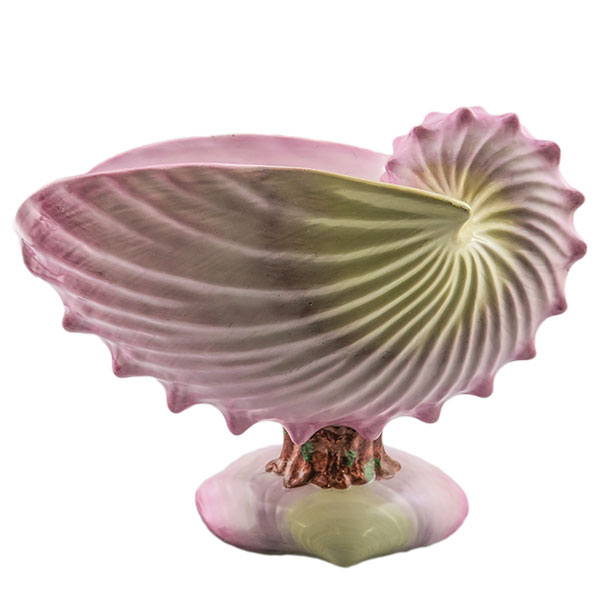
Wedgwood Nautilus
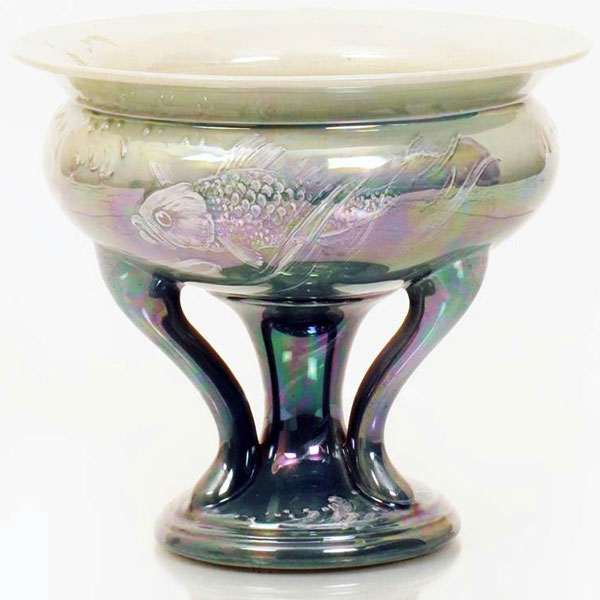
Shelley Mother of Pearl Lustre Bowl by W. Slater
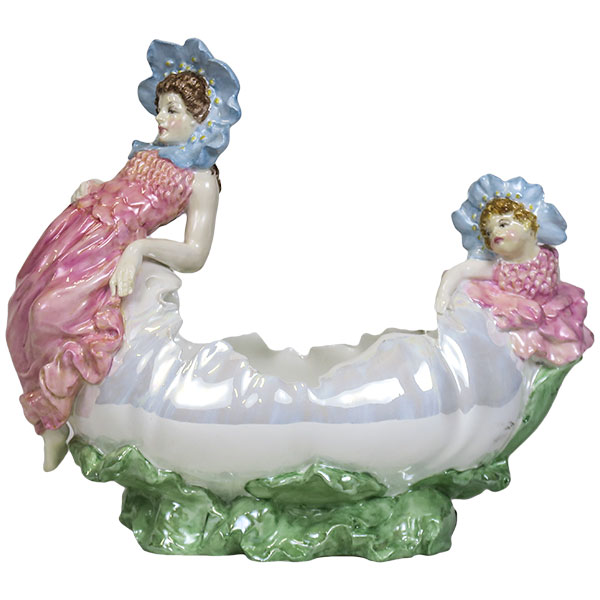
Doulton Wild Rose Pearl Lustre
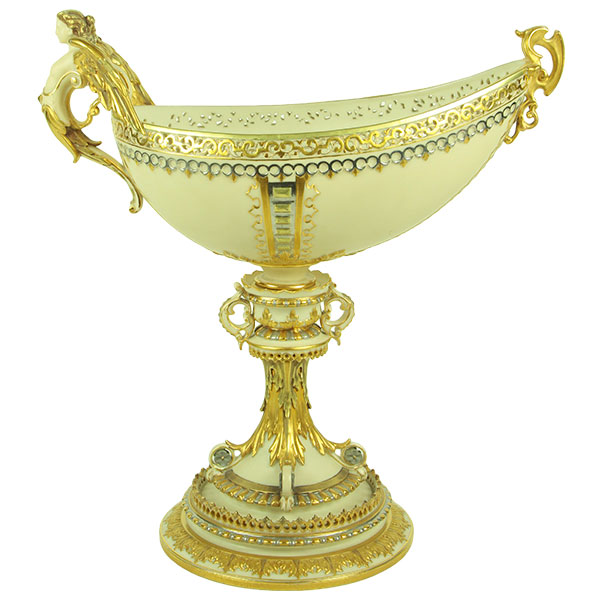
Royal Worcester Renaissance Shell
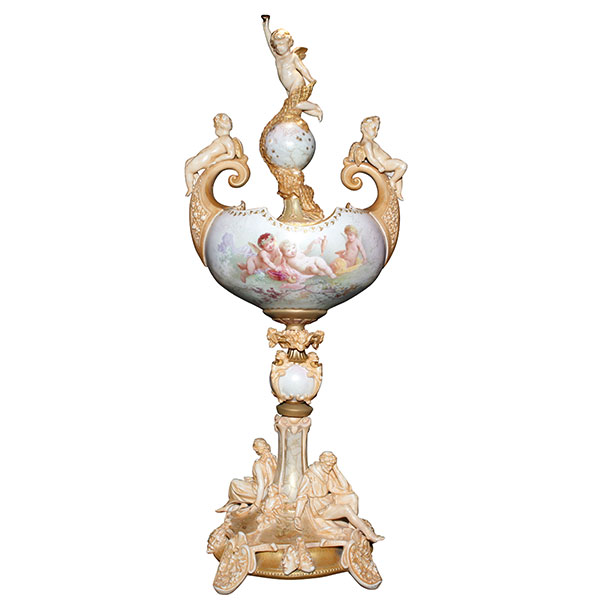
Doulton Love Vase by C. Labarre
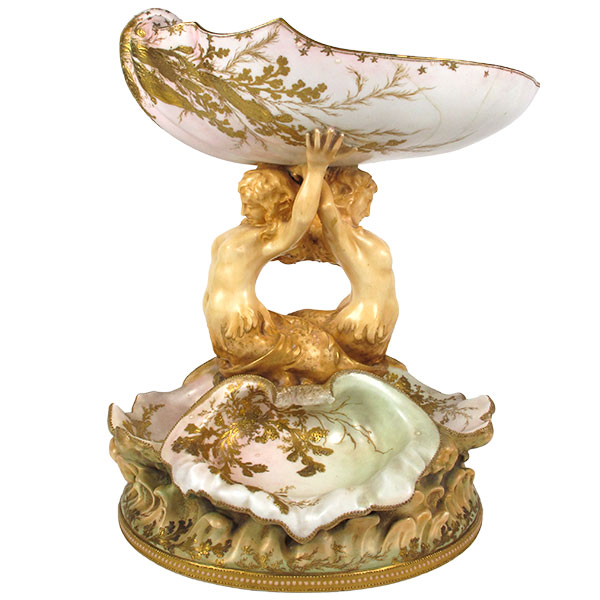
Doulton Mermaids Centerpiece by C. J. Noke
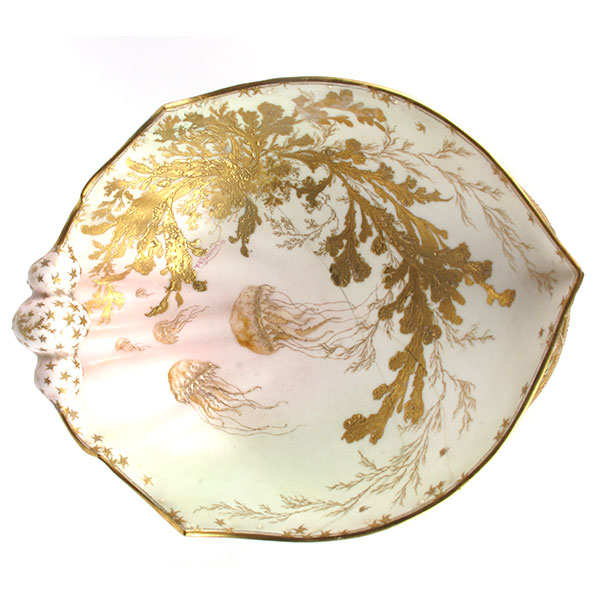
Mermaids Centerpiece top detail
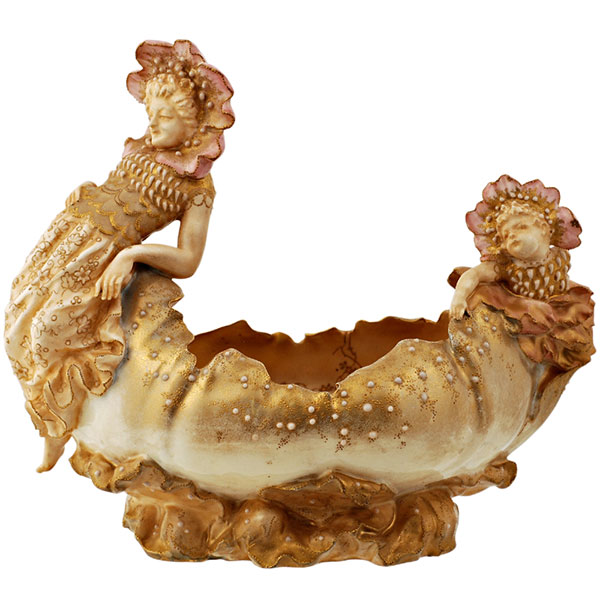
Doulton Burslem Wild Rose and Pearl Bowl
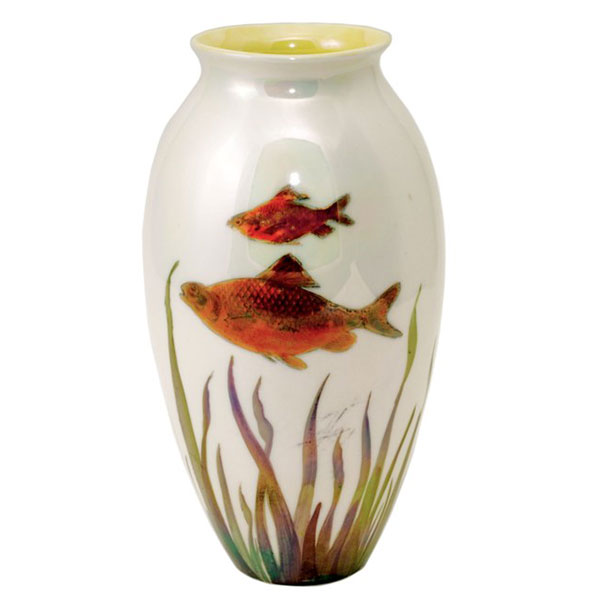
Royal Doulton Mother of Pearl Vase
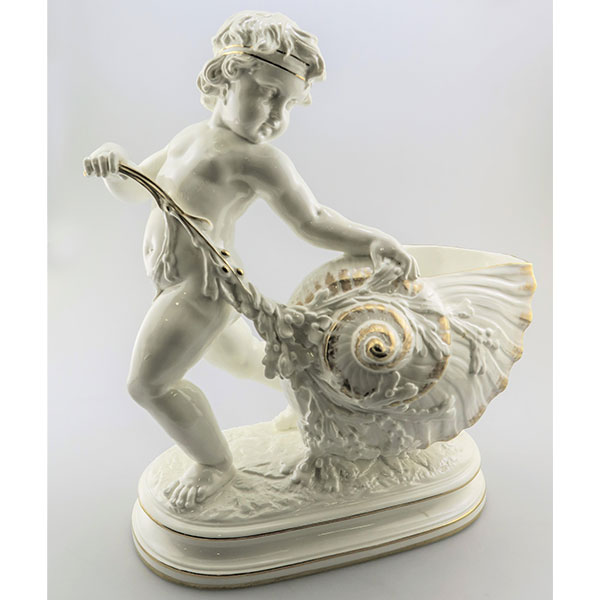
Putti with Nautilus
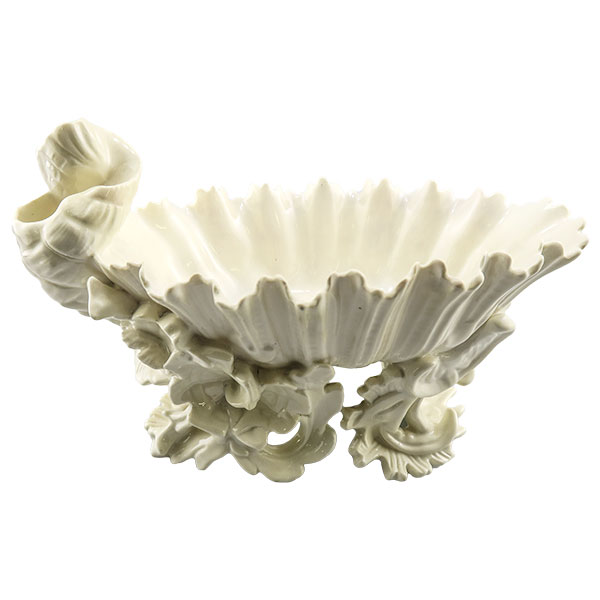
Doulton Shell Centerpiece
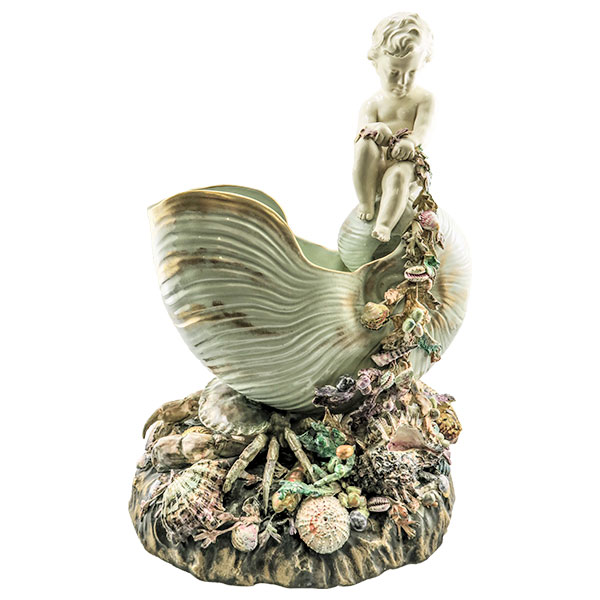
Doulton Burslem Nautilus
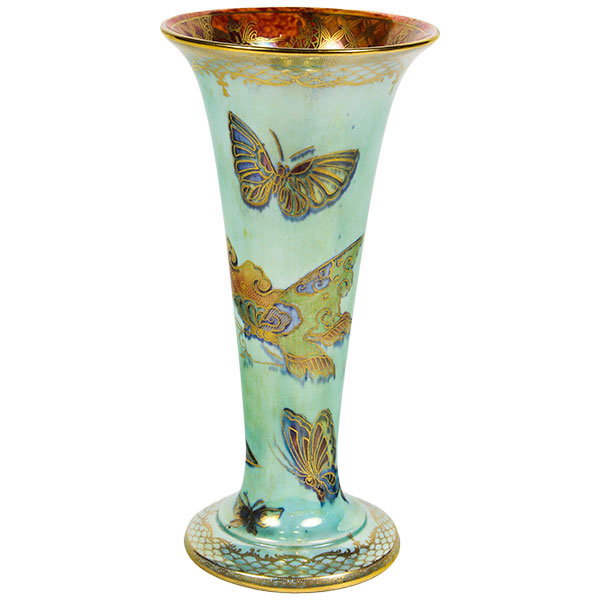
Wedgwood Butterfly Vase
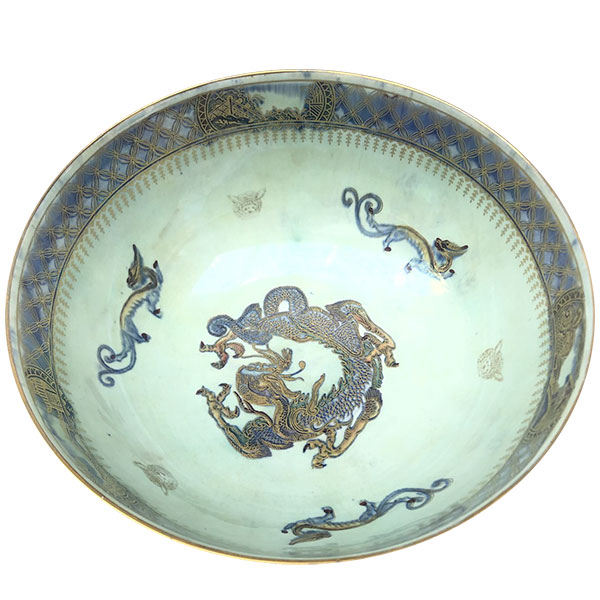
Wedgwood Flaming Pearl Bowl
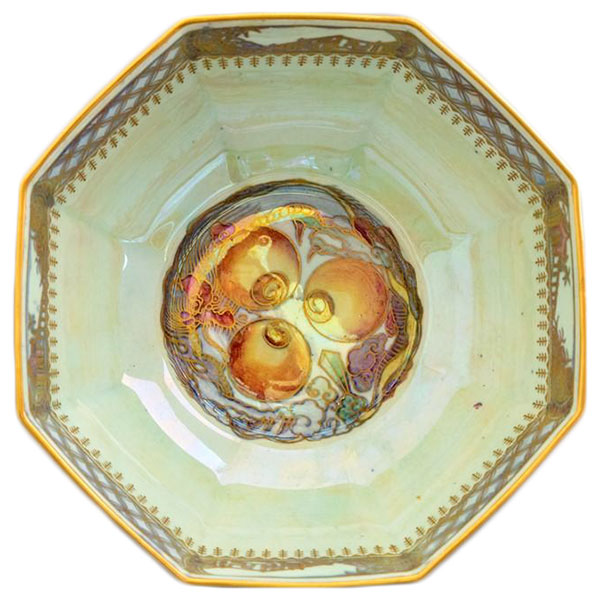
Wedgwood Three Sacred Jewels Bowl
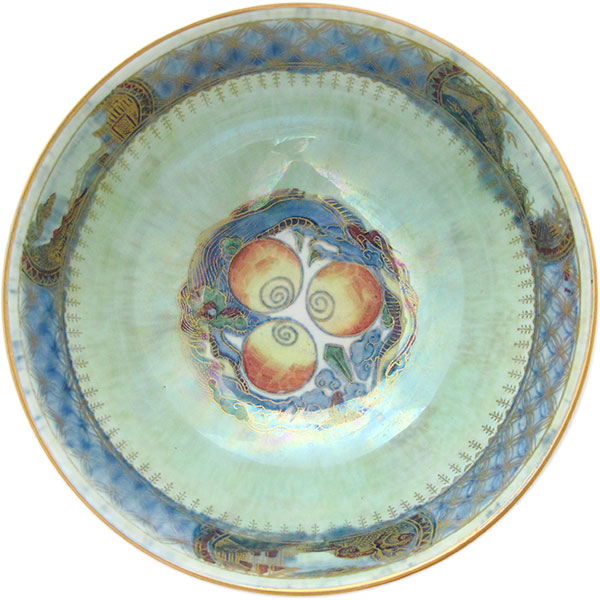
Wedgwood Three Jewels with Guardian Dragons Bowl
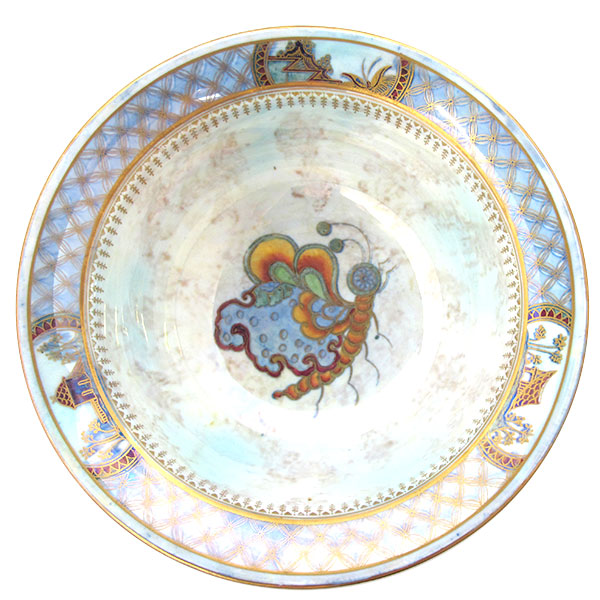
Wedgwood Dragons and Butterflies Bowl
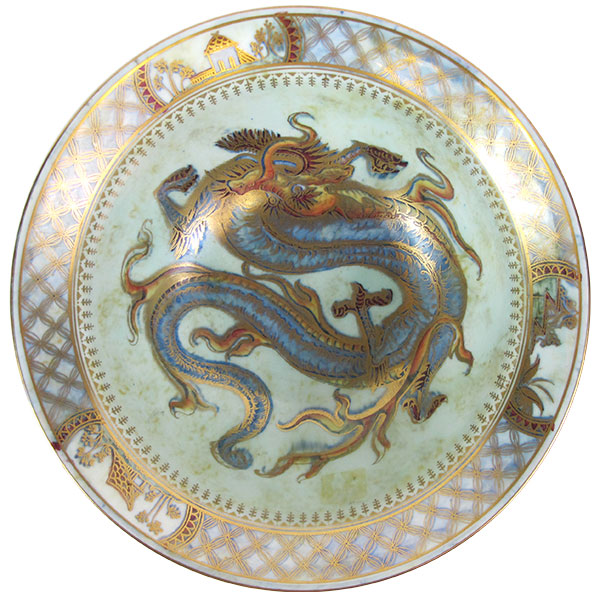
Wedgwood Dragons Bowl

Mother of Pearl Buttons
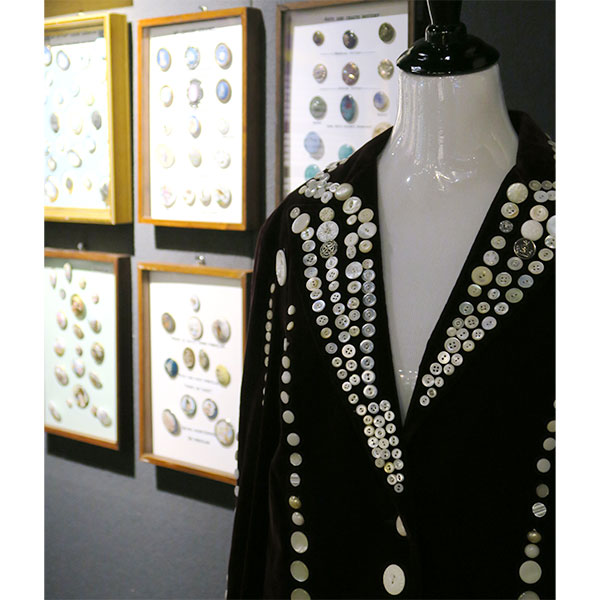
Pearly costume courtesy of Lori Stone
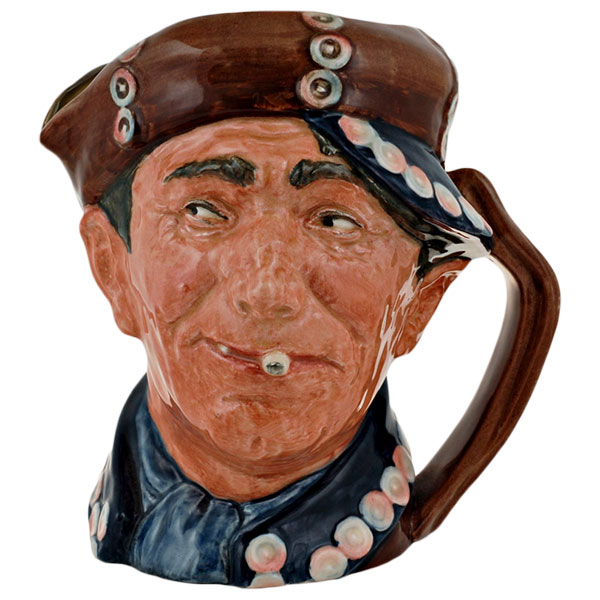
Royal Doulton Pearly Boy Character Jug
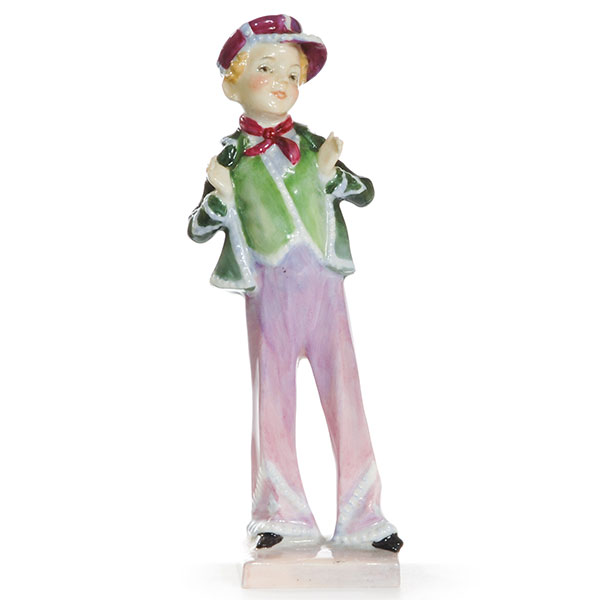
Royal Doulton Pearly Boy by L. Harrandine
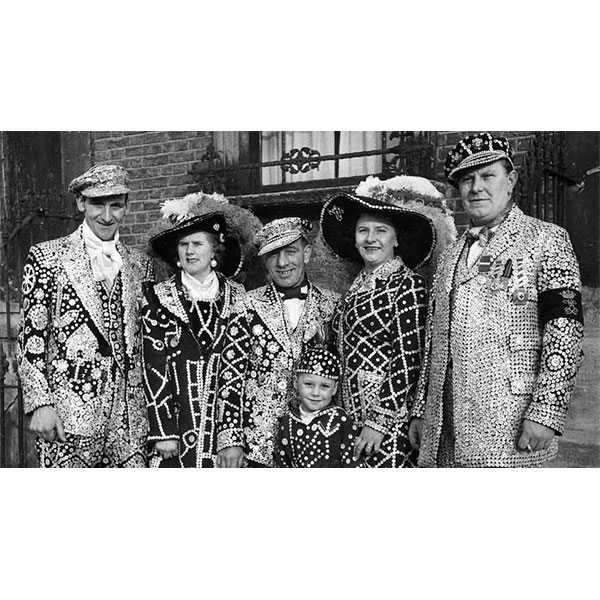
Pearly Kings and Queens
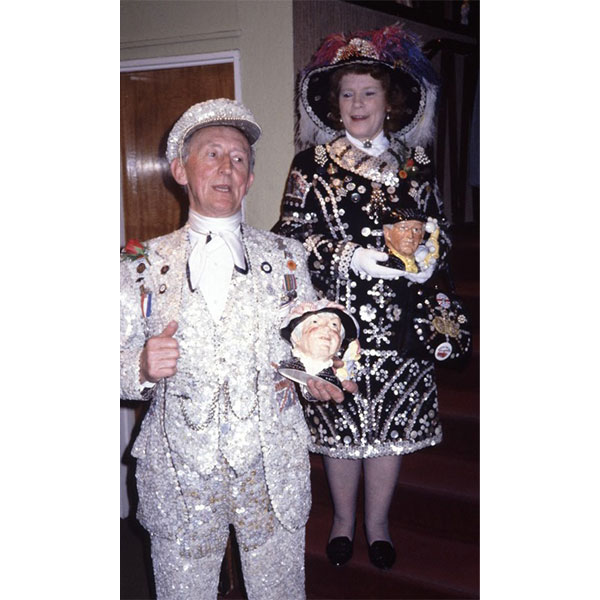
Pearly King and Queen of Battersea
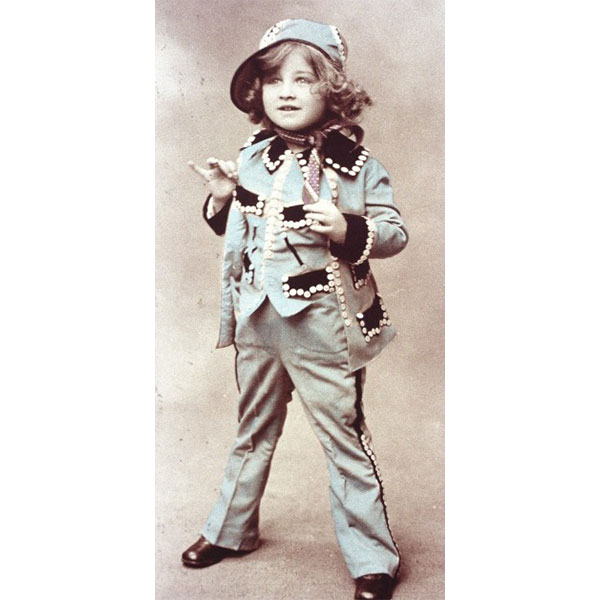
Pearly Boy
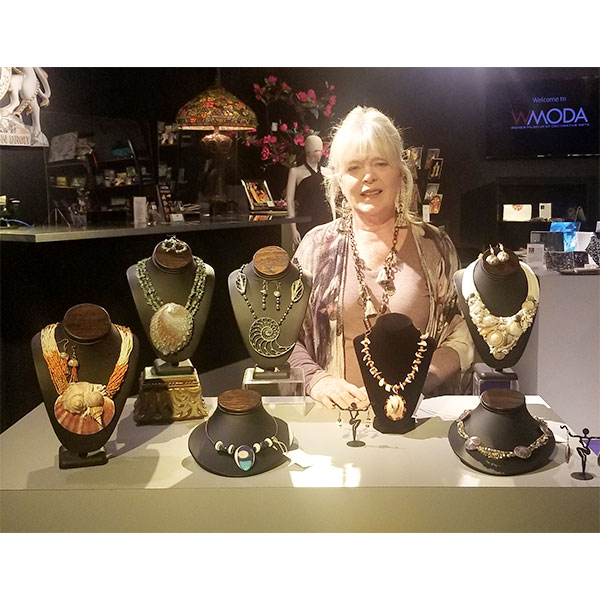
Besty Alexis with a selection of her pearl jewelry
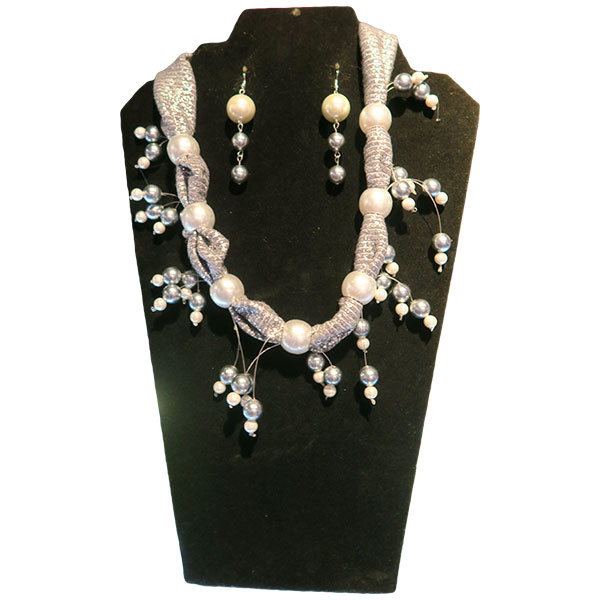
Pearl Necklace by B. Alexis
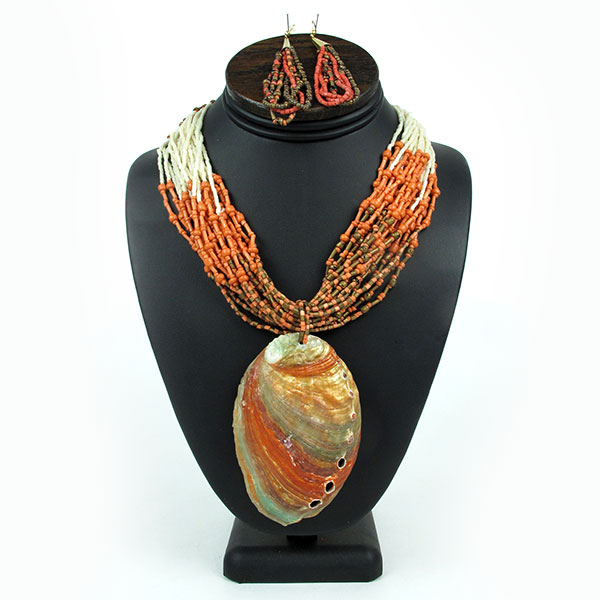
Shell Necklace by B. Alexis
